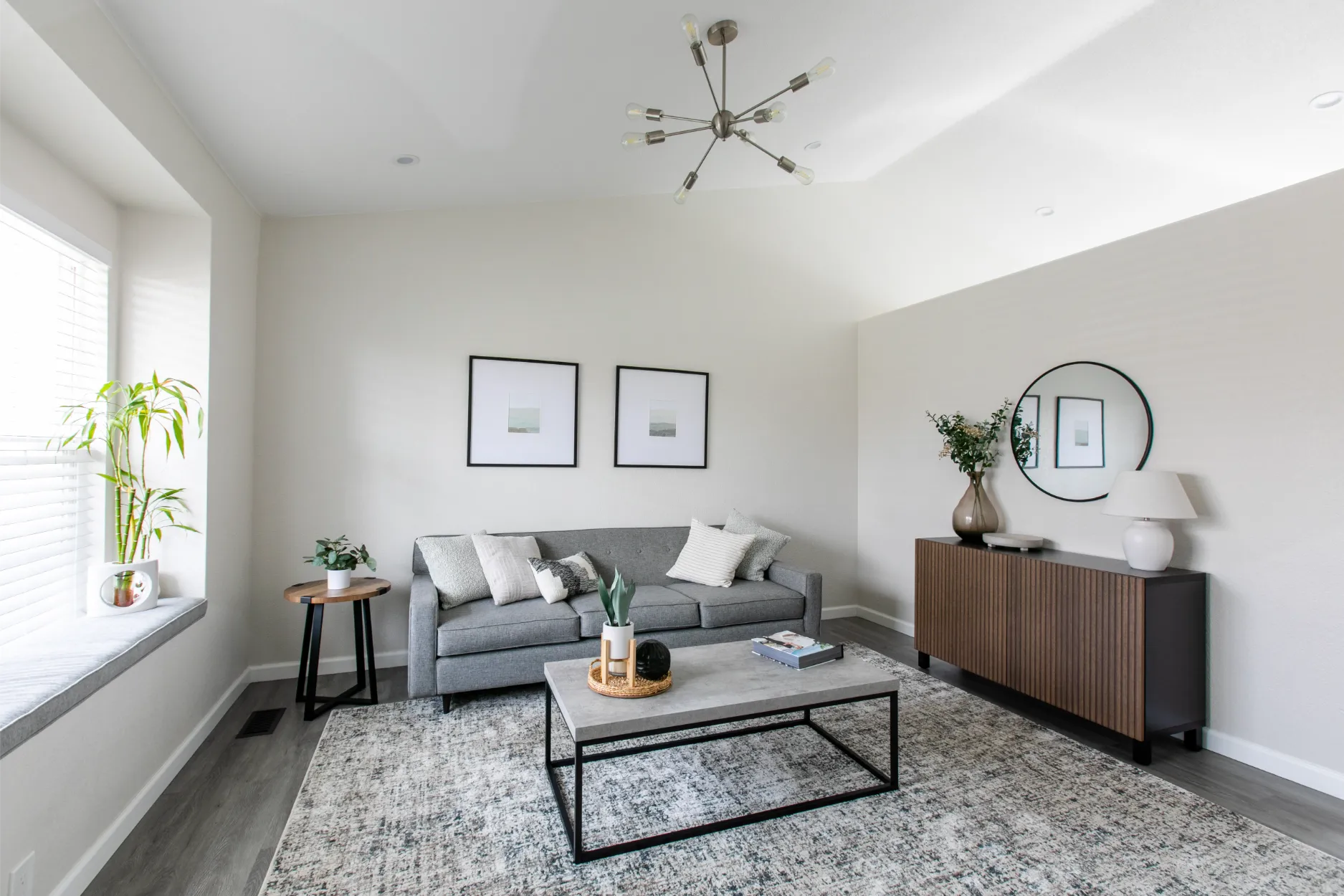
In the ever-evolving world of interior design, efficiency, and elegance are two qualities that professionals strive to achieve. Keeping up with the latest trends, materials, and products can be a daunting task, especially when managing extensive product catalogs.
Fortunately, technology is here to bridge the gap between creativity and practicality. In this blog, we will explore how digital transformation in interior design is revolutionizing product catalogs, enhancing product visualization, and ultimately making the design process more efficient and elegant.
The interior design industry has experienced a significant digital transformation in recent years. Gone are the days of flipping through hefty product catalogs and swatch books. Designers are now embracing technology to streamline their workflows, improve collaboration, and deliver exceptional results to their clients.
One of the most exciting advancements in interior design is the integration of virtual reality (VR) and augmented reality (AR) into the design process. These technologies allow designers to immerse themselves and their clients in a virtual representation of a space, making it easier to visualize how different products and materials will look in a room.
For example, companies like IKEA have developed AR apps that enable customers to place virtual furniture in their homes before making a purchase. This technology not only enhances the shopping experience but also helps reduce the risk of costly design mistakes.
Product visualization software has become a game-changer for interior designers and manufacturers alike. These tools enable designers to create realistic 3D renderings of spaces, complete with accurate representations of furniture, fixtures, and finishes.
One such software is Autodesk's 3ds Max, which empowers designers to experiment with different product combinations and layouts effortlessly. These digital prototypes offer a true-to-life preview of the final design, reducing the need for physical samples and mock-ups.
BIM is another technology that is transforming the interior design landscape. BIM software allows designers to create detailed digital models of buildings and spaces, including all the products and materials that will be used. This comprehensive approach streamlines the design and construction processes, reducing errors and improving efficiency.
By integrating BIM technology into their product catalogs, manufacturers can provide designers with accurate 3D models of their products, making it easier to select and specify the right items for a project.

A well-organized and up-to-date product catalog is a valuable asset for both interior designers and manufacturers. Technology plays a crucial role in optimizing product catalogs to meet the demands of the digital age.
Gone are the days when product catalogs were confined to printed brochures. Today, digital catalogs are the norm. Manufacturers are increasingly transitioning to digital formats, making their product lines easily accessible to designers and architects through online platforms.
These digital catalogs are not just static PDFs; they are interactive and searchable, allowing designers to quickly find and compare products based on criteria like style, size, color, and price. This convenience saves designers hours of flipping through physical catalogs.
To enhance efficiency further, some product catalog platforms are integrated directly with popular design software like AutoCAD and SketchUp. This integration enables designers to seamlessly import product data, including 3D models and specifications, directly into their design projects. It eliminates the need for manual data entry, reducing errors and speeding up the design process.
One of the challenges with physical product catalogs is keeping them up-to-date. Products may be discontinued, new lines introduced, or specifications changed. Digital catalogs can be easily updated in real-time, ensuring that designers always have access to the latest information.
This real-time updating also benefits manufacturers, as they can instantly showcase their latest offerings to a global audience without the cost and time associated with printing and distributing physical catalogs.
To illustrate how these technological advancements are reshaping the interior design landscape, let's explore a hypothetical scenario in which a designer leverages these tools and processes to create a stunning interior space for a client.

Step 1: Inspiration and Conceptualization
Our designer, Sarah, begins by collecting inspiration from various sources, including design websites, social media, and online magazines. She uses mood boards and digital scrapbooking tools to gather her ideas, creating a visual concept for the project.
Step 2: Digital Space Modeling
Sarah then uses BIM software to create a digital model of the living room she is designing. This 3D model includes accurate measurements, structural details, and existing architectural elements.
Step 3: Digital Product Selection
Sarah accesses her favorite manufacturers' digital catalogs through an online platform. With the help of advanced search filters, she quickly finds products that match her vision for the project. She selects furniture, lighting fixtures, and finishes from various manufacturers and imports their 3D models directly into her BIM software.
Step 4: Virtual Reality Walkthrough
Using VR technology, Sarah immerses herself and her client in a virtual representation of the living room. They can walk through the space and see how each selected product looks and fits within the room. Adjustments are made in real-time based on the client's feedback.
Step 5: Collaboration and Finalization
Sarah collaborates with her client and other stakeholders using cloud-based design collaboration tools. They discuss design options, make decisions, and finalize the project details. Any changes are seamlessly updated in the digital model and product catalog.
Step 6: Execution and Product Procurement
With the design finalized, Sarah generates a comprehensive list of products and materials from the digital catalog. This list is automatically linked to the manufacturers' databases for real-time pricing and availability. Orders are placed directly through the platform, ensuring a smooth procurement process.
Step 7: Realization of the Vision
The project is executed with precision, thanks to the accurate digital model and product information. The end result is a living room that perfectly aligns with the initial concept, reflecting the client's vision and style.
Read Also: The Role of Referral Marketing in Interior Design: How to Encourage Word of Mouth Recommendations
Efficiency and elegance in interior design have never been more attainable, thanks to the ongoing digital transformation in the industry. By embracing technologies like VR, AR, BIM, and digital product catalogs, designers and manufacturers can streamline their processes, enhance product visualization, and create remarkable interior spaces.
As the interior design world continues to evolve, staying current with these technological advancements will be essential for professionals who want to provide their clients with the best possible experience. Whether you're a designer looking to optimize your workflow or a manufacturer eager to connect with the design community, embracing technology is the key to efficiency and elegance in the modern interior design landscape.
FAQs
Common technologies include Product Information Management (PIM) systems, Augmented Reality (AR) for visualization, and AI-driven algorithms for product recommendations.
Benefits include reduced manual effort, faster updates, improved customer experience, increased sales through tailored recommendations, and a more efficient supply chain.
Technology streamlines interior product catalogs by automating catalog updates, enhancing search and navigation, and enabling personalized product recommendations.